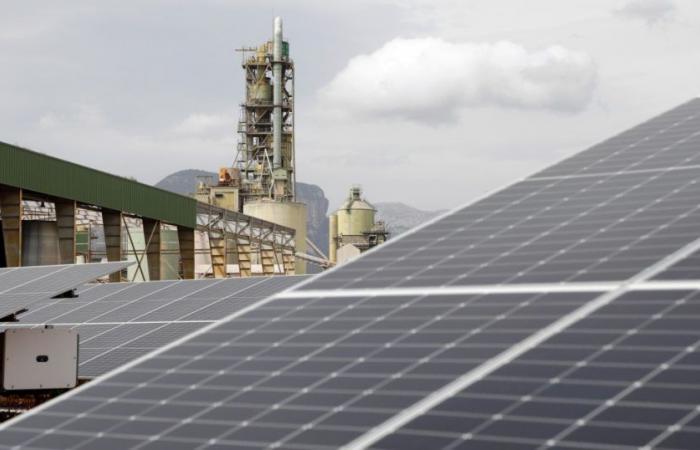In the context of a still uncertain global economy, green themes represent a desirable investment to diversify your portfolio. The green transition offers investors balanced exposure to defensive and cyclical sectors, making this strategy highly attractive. However, how to avoid the traps? Daniel Lurch, Lead Portfolio Manager of J. Safra Sarasin, highlights five crucial questions to ask yourself to best navigate green investments.
Are green investments still interesting in 2024?
Absolutely yes. Maintaining exposure to the green transition is essential. Despite a disappointing 2023, the global ESG investment market is worth nearly $18 trillion and is expected to grow at a 9% annual rate over the next decade. Investing in the green transition allows you to access a rapidly expanding panorama of opportunities beyond clean tech. High-tech solutions such as electric vehicles, power semiconductors and energy storage promise annual growths of 15%, 26% and 27% respectively by 2035. More traditional sectors, such as waste recycling and water treatment, also show forecasts positive.
Do clean tech challenges point to broader problems in green investing?
Despite the challenges of 2023, renewable energy remains key to the future and will benefit from the transition to a zero-emission economy. According to S&P Global Insights, global investment in clean energy will reach $700 billion by 2030. Investing in clean tech, spanning the entire renewable energy value chain, including power grids and power semiconductors, remains a wise choice.
What is the best approach to investing in the green transition?
The green transition will affect numerous sectors of the economy, creating opportunities especially in manufacturing, utilities and IT. Key areas include ecosystem protection, resource efficiency, smart mobility and the energy of the future. Investors should focus on green value chains, identifying technologies and solution providers with great potential.
What are the main environmental problems?
Exciting opportunities exist in alternatives to fossil fuels, electric vehicles and carbon capture. For water, we focus on efficiency, treatment and recycling. For soil, sustainable agriculture and the circular economy are central. We are looking for companies that offer concrete solutions within their green value chain, divided into established suppliers and disruptors with game-changing technologies. The transition to net zero by 2050 will require massive investment, creating significant opportunities for the private sector.
How is the environmental impact of green investments measured?
We focus on solutions that protect natural capital and support the energy transition. We measure environmental contributions by considering company revenues directly linked to sustainable activities. This approach allows us to identify investments that not only offer long-term sustainable returns, but also significantly contribute to protecting the environment.






